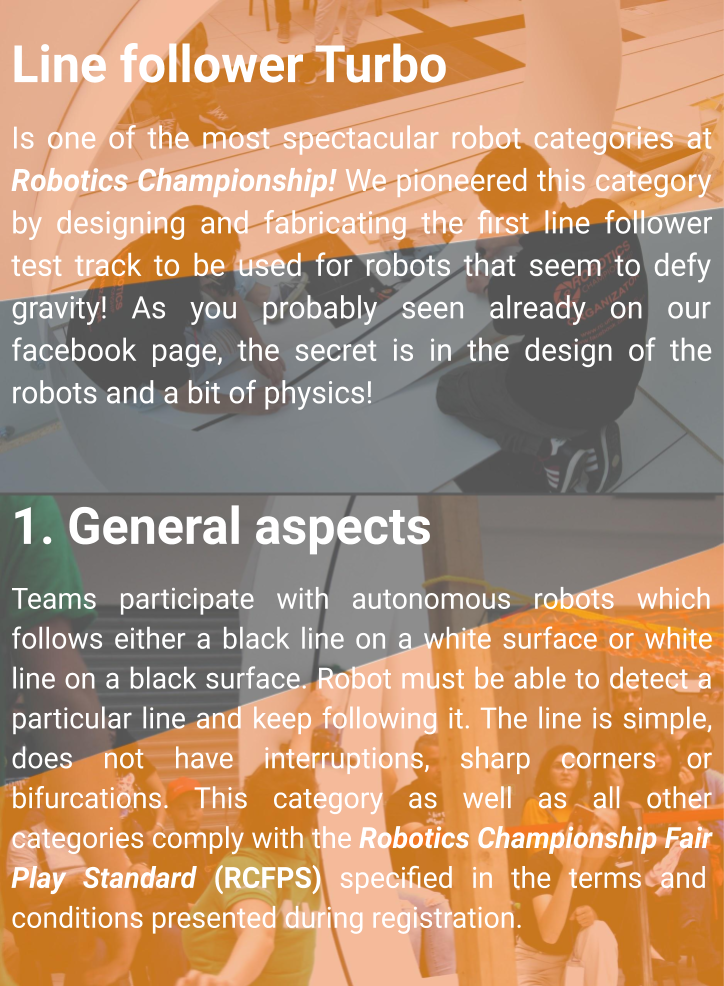
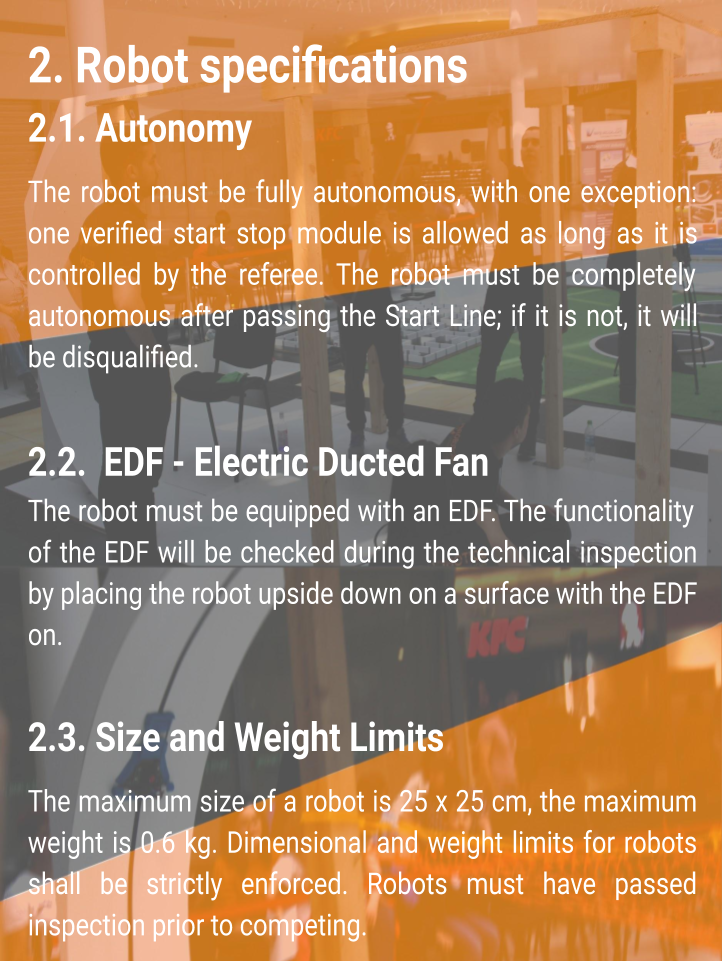
2. Robot specifications
2.1. Autonomy
The robot must be fully autonomous, with one exception: one verified start stop module is allowed as long as it is controlled by the referee. The robot must be completely autonomous after passing the Start Line; if it is not, it will be disqualified.
2.2. EDF - Electric Ducted Fan
The robot must be equipped with an EDF. The functionality of the EDF will be checked during the technical inspection by placing the robot upside down on a surface with the EDF on.
2.3. Size and Weight Limits
The maximum size of a robot is 25 x 25 cm, the maximum weight is 0.6 kg. Dimensional and weight limits for robots shall be strictly enforced. Robots must have passed inspection prior to competing.
3. The Track
We consider Line Follower Turbo the most extreme of the Line Follower Style robot competitions. Every year we challenge our participants with the most difficult tracks!
3.1. Line Specification
| - The line shall be black, 15 mm wide. There may be crossovers (e.g. places where the line - crosses itself). | 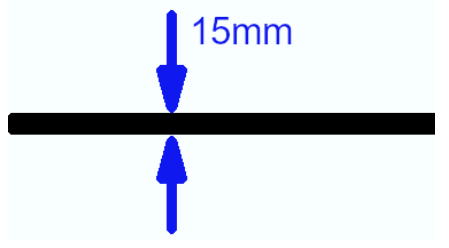 |
| - The closest approach of the line to the edges of the arena shall not be less than 15 cm, measured from the center of the line. | 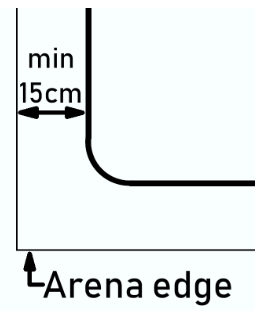 |
| - There shall be a start / finish line. | 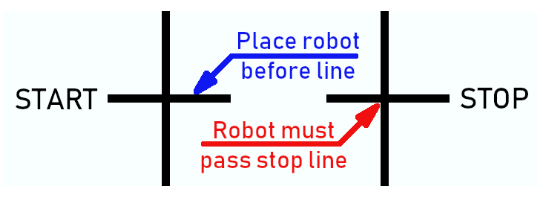 |
| - The minimal curve radius is 7.5 cm. | 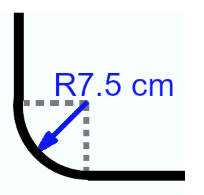 |
| - Loop and “C” section have a width of 40cm. Loops have 1.5m diameter while “C” sections have 2m diameter. | 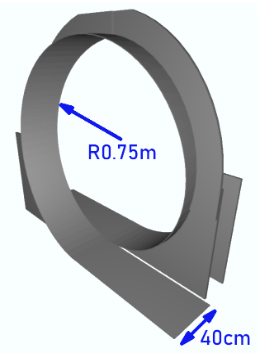 |
3.2. Track components
The track can contain loop segments and “C” segments. The line continues on these segments in a straight line without intersections.
The loop segment can be placed on multiple segments.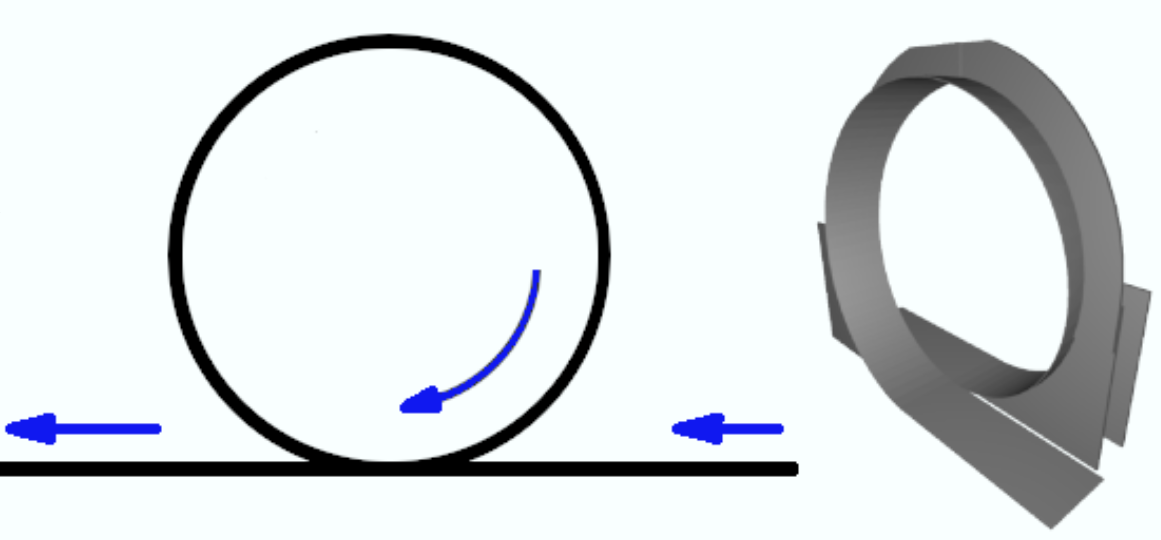
The “C” segments that takes the line follower robot on the ceiling of the track. The Robot can follow the line on the ceiling only if the down force of the EDF is greater than the G forge times the mass of the robot. For example an EDF that has 500g down force can hold a robot with 490g on the ceiling. (we recommend at least 50g difference).
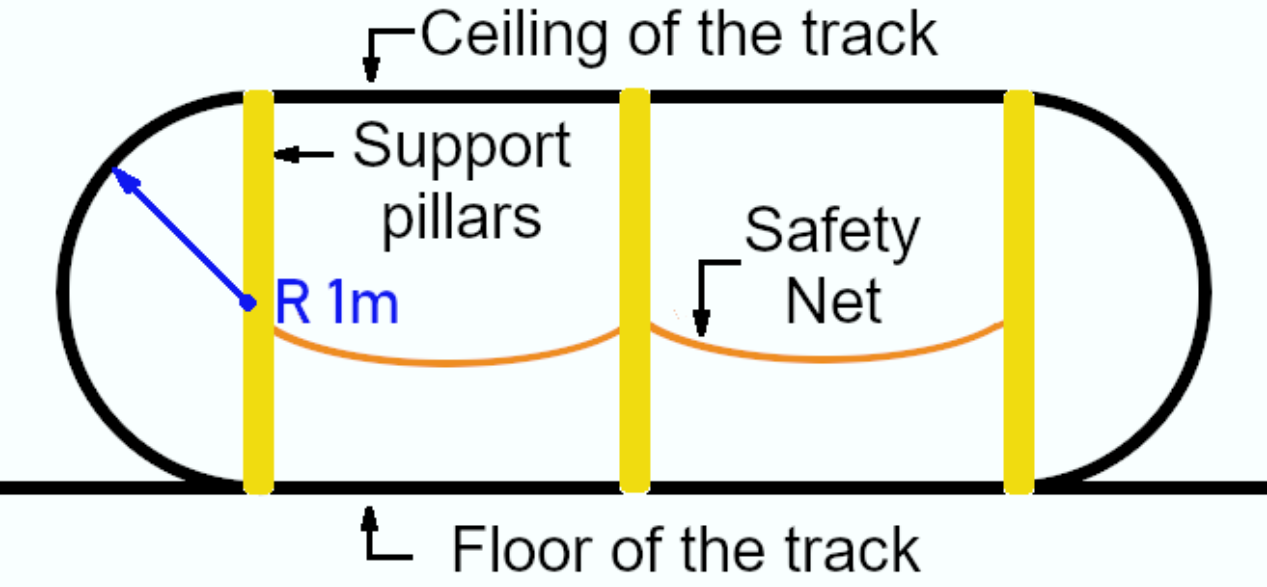
4. Technical inspection
Before the competition, the robot must pass the technical inspection.
4.1. The maximum dimensions are 25x25cm and the maximum weight is 0.6kg.
4.2. The robot will have to be capable of making an entire lap around the track. For technical inspection the robot must complete one lap of the track.
4.3. The wheels of the robot and other parts that are in contact with the track must NOT be able to pick up and hold a standard paper A4 (80g/cm2) more than 2 seconds.
4.4. The functionality of the EDF will by checked by placing the robot upside down on a surface with the EDF on.
4.5. Final check of the homologation will consist of making an entire lap around the track with the robot, there will be 3 attempts allowed for this.
5. Time
Time is critical, and Line Follower Turbo is a competition of lightning fast robots where every fraction of a second matters!
5.1. Time measured on the track
Time for each robot is measured from the moment of passing the start line until passing the finish line. It is considered that the robot finishes when the farthest point of it passes the line. The time is measured using an electronic gate (or a judge with a stopwatch in some cases). The shortest time of each team is taken into account regardless of the number of tries. During the competition each team will be called by the referee according to registration order. The number of tries are limited only by the time allocated for the Line Follower Turbo category.
5.2. Time Limit
Each robot has a maximum 3 minutes to finish the track by trial. The robot can do an unlimited number of trials in the time given by the organizer. The time for the whole contest is given according to the number of participants. The category lasts around 3 hours (depending on the number of participants) with possibilities for extensions announced by the referee.
6. Penalties
If the robot loses the line but it is able to come back autonomously on the track from the point where he lost the line, it can continue on the track with 3 seconds penalization.
If a robot loses the line completely, it must restart the trial. Trials can be restarted as many times as wanted in the 3 minute time limit. If the robot loses all trials, it will receive 3 minutes for that trial.
7. Declaring Objections
7.1. No objections shall be declared against the judges' decisions.
7.2. The lead person of a team can present objections to the Committee, before the match is over, if there are any doubts in the exercising of these rules. If there are no Committee members present, the objection can be presented to the judge before the match is over.
8. Flexibility of Rules
As long as the concept and fundamentals of the rules are observed, these rules shall be flexible enough to encompass the changes in the number of players and of the contents of matches. Modifications or abolition of the rules can be made by the local event organizers as long as they are published prior to the event, and are consistently maintained throughout the event.
9.Liability
9.1. Participating teams are always responsible for the safety of their robots and are liable for any accidents caused by their team members or their robots.
9.2. The Robotics Championship organization and the organizing team members will never be held responsible nor liable for any incidents and / or accidents caused by participating teams or their equipment.






